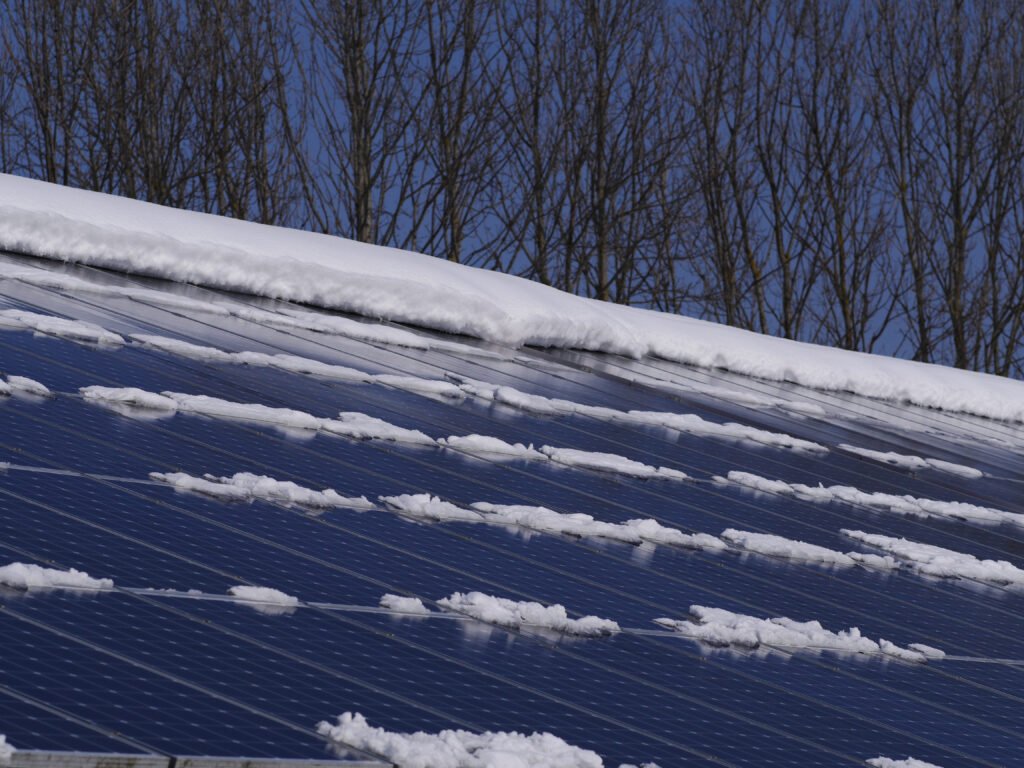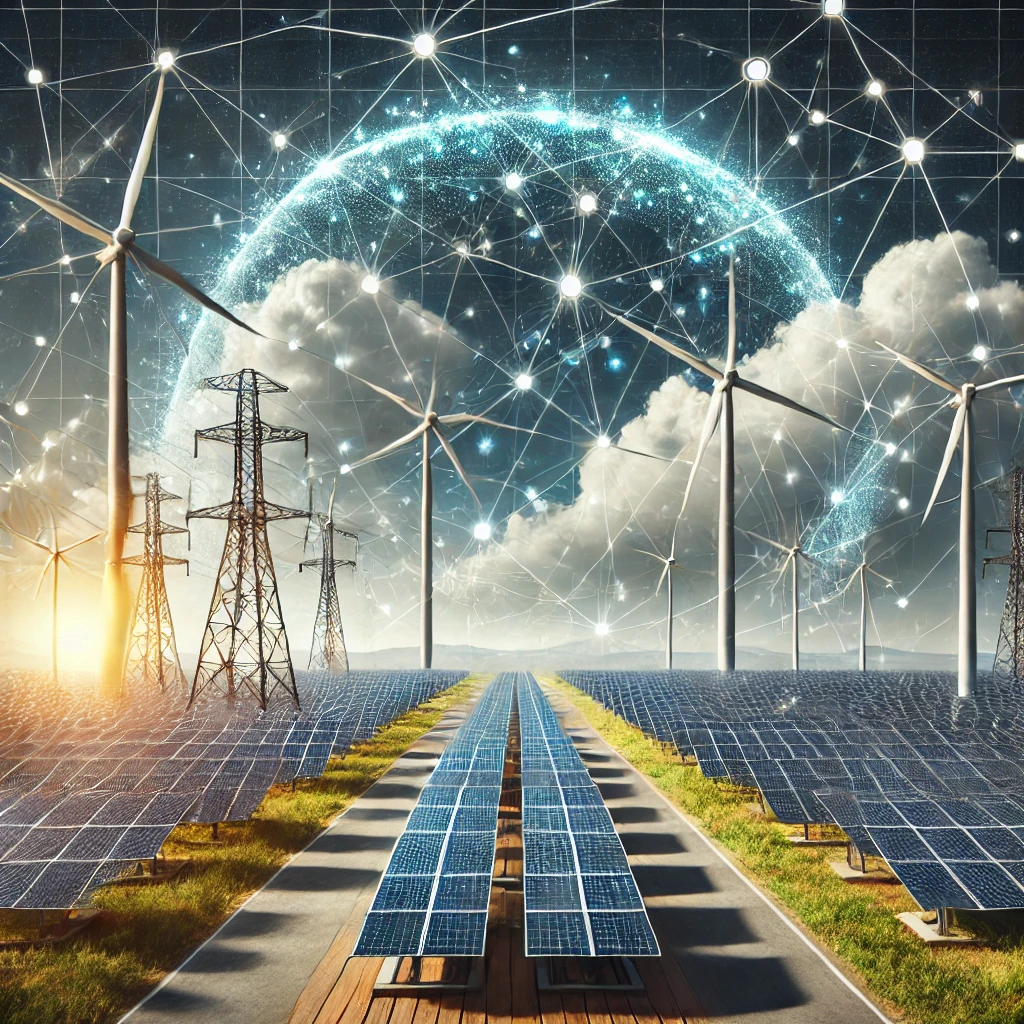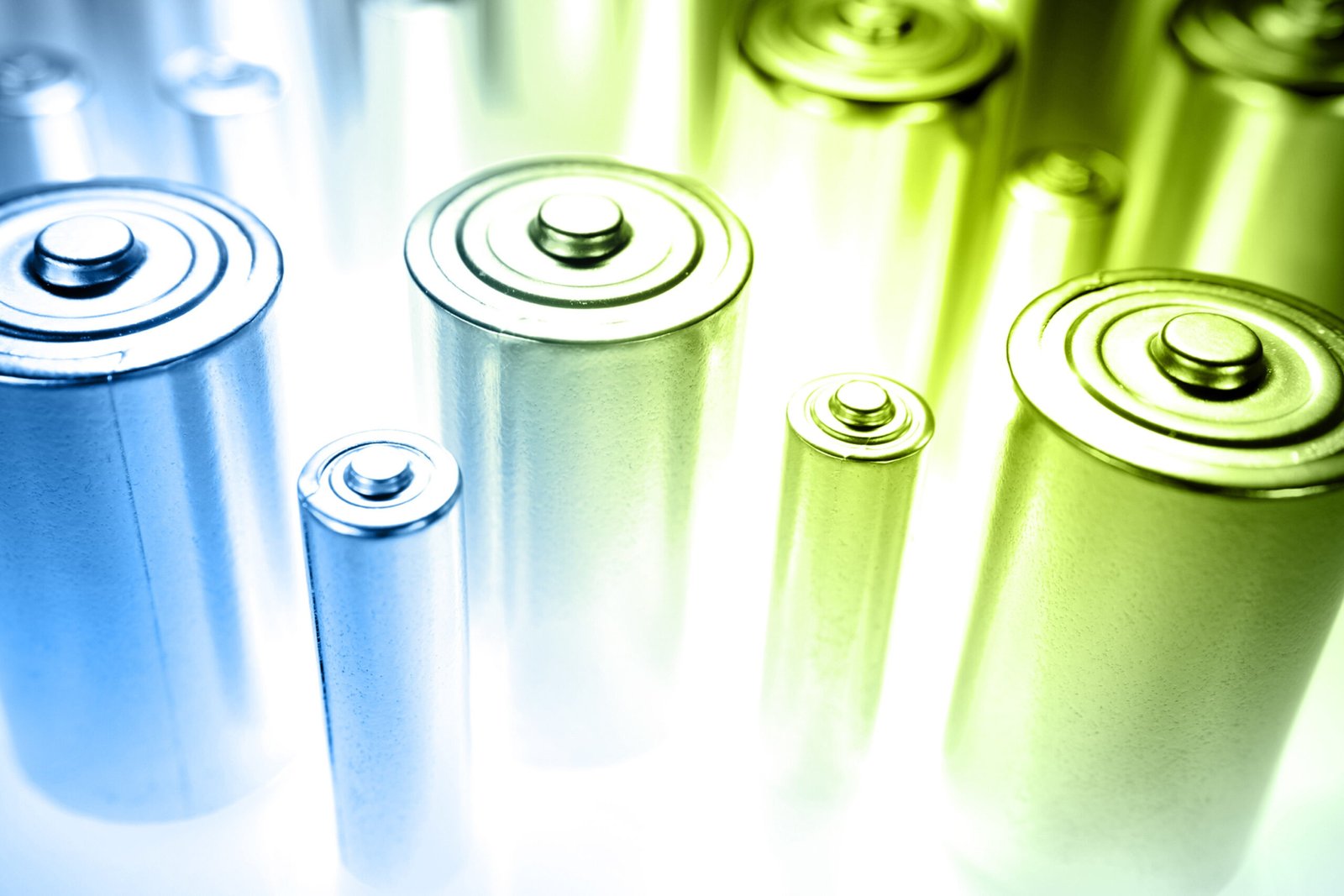Snippets
- Understanding the limitations of wind and solar energy in grid stability.
- Exploring innovative storage and grid management solutions.
- The role of policy and technology in future renewable energy adoption.
Table of Contents
ToggleIntroduction
Imagine a world running purely on clean energy from wind and solar—sounds like a dream, right? But reality paints a more intricate picture. While wind and solar are pivotal in reducing carbon emissions, they fall short when it comes to delivering consistent, reliable energy for our power grids. From unpredictable weather patterns to storage conundrums, the obstacles are undeniable. Let’s dive into why wind and solar energy alone can’t fully shoulder the load of powering our world and explore what innovations might bridge the gap.
Why Grid Stability Depends on Consistent Energy Supply
Grid stability is like a tightrope act; a slight imbalance can tip the entire system into chaos. Power grids rely on a consistent supply of energy to maintain frequency and voltage levels. Traditional sources like coal or natural gas ensure this stability by adjusting output based on demand.
However, wind and solar aren’t so flexible. A cloudy day or a windless afternoon can cause sharp drops in power generation, leaving grids scrambling to compensate. This volatility is a big reason why grids still lean on fossil fuels to maintain equilibrium. Without a steady baseline, the lights could flicker off during peak demand or unfavorable weather conditions.

The Current Limitations of Wind and Solar Power
Renewable energy is often hailed as the future, but it’s not without its flaws. One of the most pressing issues is variability. The sun doesn’t shine 24/7, and wind patterns are anything but predictable. This intermittency makes it challenging for grids to rely solely on these sources.
Efficiency is another hurdle. Despite advances, solar panels and wind turbines still struggle to convert energy as efficiently as traditional power plants. Moreover, scaling these technologies to meet peak demand often requires significant land, resources, and infrastructure—a logistical and environmental headache.

Stay Informed. Stay Ahead
Join a community that goes beyond the headlines. Our newsletter delivers:
🔹 Curated Industry Insights
🔹 Expert Analysis
🔹 Actionable Impact
No fluff. No generic updates. Just meaningful insights that help you lead in a fast-evolving industry.
The Role of Energy Storage in Renewable Integration
If renewable energy is the lock, energy storage is the key. Battery technologies like lithium-ion can store excess energy generated during sunny or windy periods for use when production dips. Sounds perfect, right? Well, not quite.
While promising, current storage solutions face issues like limited capacity, high costs, and environmental concerns. For instance, building a grid-scale battery system requires rare earth materials that are costly and often sourced through environmentally damaging practices. Additionally, storage technologies like pumped hydro are geographically limited, leaving many regions without viable solutions.
Innovative Solutions to Support the Grid
Enter smart grid technology—a revolutionary way to balance supply and demand. By leveraging AI and real-time data, smart grids can predict energy usage patterns and optimize distribution. For example, during high demand, these systems can prioritize energy from stored reserves or even reduce consumption in less critical areas.
Hybrid renewable systems are another game-changer. By combining wind, solar, and even small-scale hydropower, grids can offset the weaknesses of individual sources. Artificial intelligence further enhances these systems by fine-tuning energy management and minimizing waste.
Policy and Regulation: Shaping the Future of Renewable Energy
Technological advancements are only part of the puzzle. Without supportive policies and regulations, the adoption of renewable energy will remain slow. Governments worldwide need to create incentives for renewable projects, subsidize energy storage solutions, and promote research into sustainable technologies.
Countries like Germany and Denmark provide excellent case studies, showing how a mix of incentives, policies, and community engagement can lead to significant progress. Global collaboration is also essential, as the challenges of renewable integration transcend borders.
Looking Ahead: Can Wind and Solar Become the Backbone of the Grid?
The future is bright—literally. Advancements in renewable technologies, such as more efficient solar cells and offshore wind turbines, promise to close many of the current gaps. Diversifying energy sources is also crucial. While wind and solar are vital, pairing them with nuclear, geothermal, or even bioenergy can create a balanced and reliable grid.
In time, with enough innovation and collaboration, wind and solar could transform from supplementary players to the backbone of global energy systems. But the journey is far from over, and the next steps we take will determine how soon that future becomes reality.
Conclusion
The dream of a fully renewable energy-powered grid is tantalizing but laden with challenges. By addressing intermittency, improving storage technologies, and fostering supportive policies, we can bring that dream closer to reality. The road ahead may be bumpy, but every step forward brings us closer to a cleaner, greener world. So, what’s your take? Share your thoughts on how we can overcome these challenges and make renewables the star of our energy future.







Interesting points about responsible gaming! Platforms like PH222 casino login really need to prioritize user experience and robust operational frameworks for optimal service delivery, as they highlight. It’s a delicate balance!